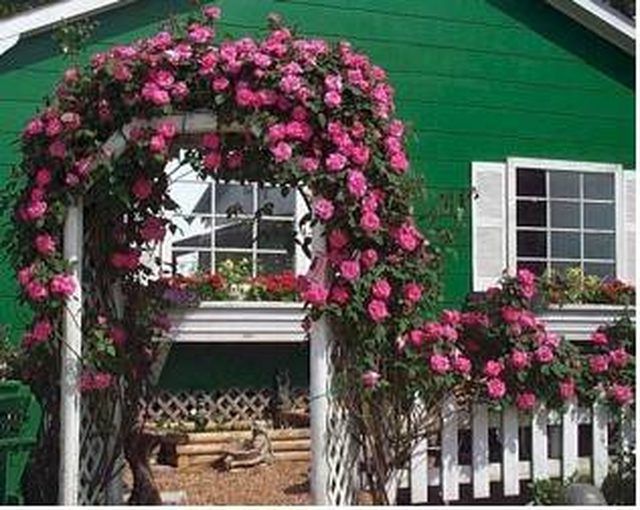Bulbs
Flower Basics
Flower Beds & Specialty Gardens
Flower Garden
Garden Furniture
Garden Gnomes
Garden Seeds
Garden Sheds
Garden Statues
Garden Tools & Supplies
Gardening Basics
Green & Organic
Groundcovers & Vines
Growing Annuals
Growing Basil
Growing Beans
Growing Berries
Growing Blueberries
Growing Cactus
Growing Corn
Growing Cotton
Growing Edibles
Growing Flowers
Growing Garlic
Growing Grapes
Growing Grass
Growing Herbs
Growing Jasmine
Growing Mint
Growing Mushrooms
Orchids
Growing Peanuts
Growing Perennials
Growing Plants
Growing Rosemary
Growing Roses
Growing Strawberries
Growing Sunflowers
Growing Thyme
Growing Tomatoes
Growing Tulips
Growing Vegetables
Herb Basics
Herb Garden
Indoor Growing
Landscaping Basics
Landscaping Patios
Landscaping Plants
Landscaping Shrubs
Landscaping Trees
Landscaping Walks & Pathways
Lawn Basics
Lawn Maintenance
Lawn Mowers
Lawn Ornaments
Lawn Planting
Lawn Tools
Outdoor Growing
Overall Landscape Planning
Pests, Weeds & Problems
Plant Basics
Rock Garden
Rose Garden
Shrubs
Soil
Specialty Gardens
Trees
Vegetable Garden
Yard Maintenance
How to Grow Climbing Roses
How to Grow Climbing Roses. Climbing roses are such a beautiful addition to any building or garden. Their greenery and fragrant blossoms are amazingly attractive and the robustness of most vines make them easy to grow. You can train them to grow up and over an arbor, or up a house side trellis. The varieties are seemingly endless and the...

Climbing roses are such a beautiful addition to any building or garden. Their greenery and fragrant blossoms are amazingly attractive and the robustness of most vines make them easy to grow. You can train them to grow up and over an arbor, or up a house side trellis. The varieties are seemingly endless and the availability is now worldwide with easy mailing and delivery. You can easily get them started if you know a few things about what roses like.
Things You'll Need
Shovel
Compost
Support system
Prepare the soil. Since climbing roses can grow to amazing lengths, the size of the actual plants becomes huge and all the nutrients for the huge plant come from the soil at its base. Roses like firm soil, often found around clay, but need drainage as well. So, the goal is to have rich, solid, well-drained soil in a sunny area.
Provide a good support system. It is best to do this before the plant gets very big or you will be pounding stakes into the roots. There are attractive trellises that can be mounted on the sunny side of your house or arbors that are anchored into the ground with concrete. If you have a steep slope that faces the southern sky, you can encourage roses to climb up the surface.
Prune and train the canes to grow along the support system. You will have to tie them off when they are young so they can bend, otherwise they will become hard and stiff. There are many varieties of climbers and therefore different methods of pruning, but basically, roses will bloom on one-year-old to three-year-old wood. You can either let your plant run rampant, which will shorten its life, or prune it to keep it within boundaries and removing old wood as it grows.
Watch for bugs. Roses are especially liked by aphids, plant lice and June bugs, among others, as well as certain fungi and mildews. If you spray your plant until it is coated with a soap/oil emulsion spray, it will reduce the numbers of the aphids and plant lice. A milk/water spray (1:10) applied over the leaves will prevent powdery mildew and other fungi. Both of these methods will need to be redone after a good rain. Handpick June bugs and apply nematodes to your soil.
Attract birds around your roses to help with insect protection by hanging bird feeders or houses close to your roses. You will not only control bugs but will increase activity around the roses, adding to the interest of your yard.
Fertilize your roses with organic products like cottonseed meal or alfalfa meal. In the spring, spread 1 gallon of the fertilizer on the ground at the base of the plant. Mulch over it to provide a great food source for your climbing rose plant.